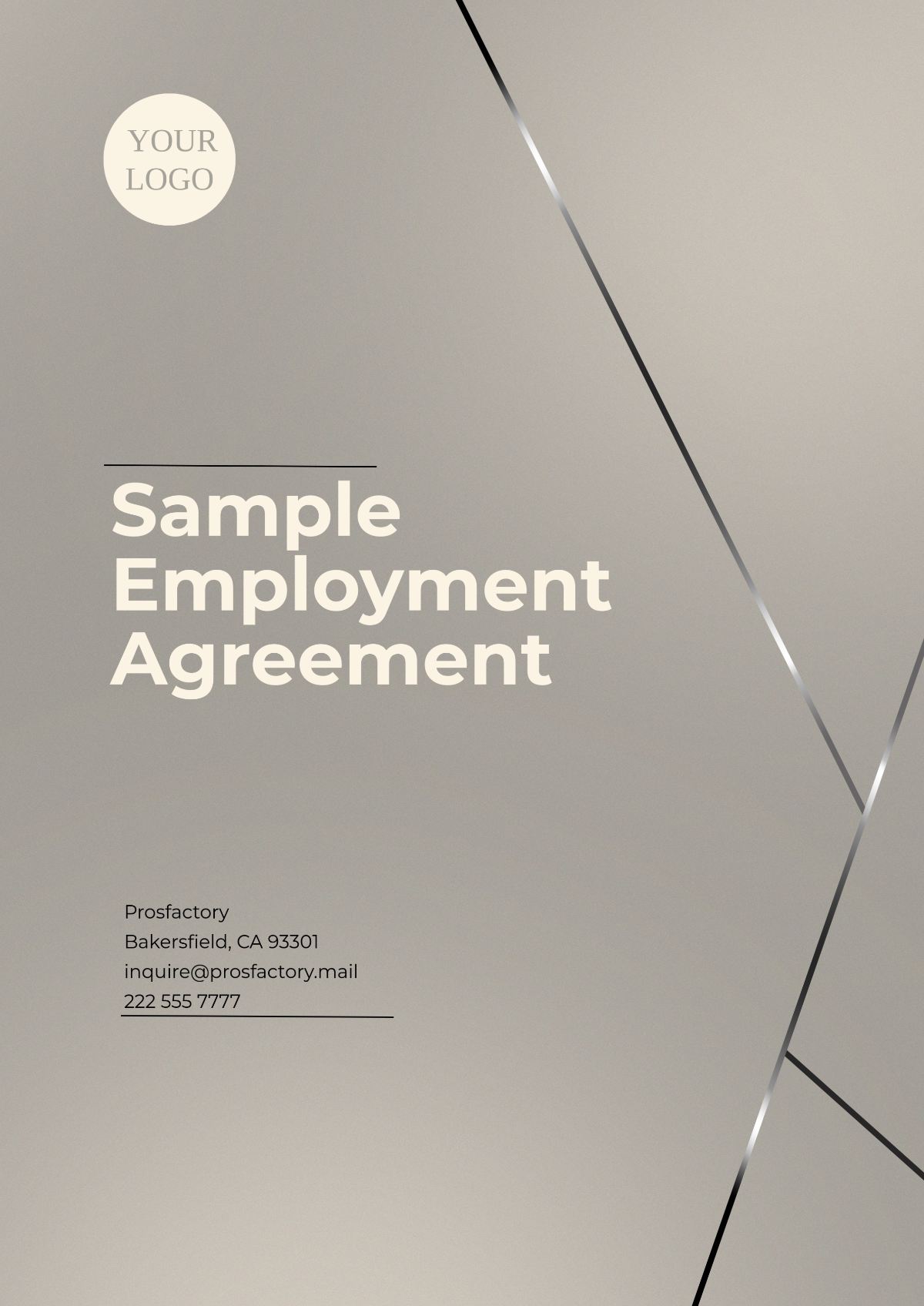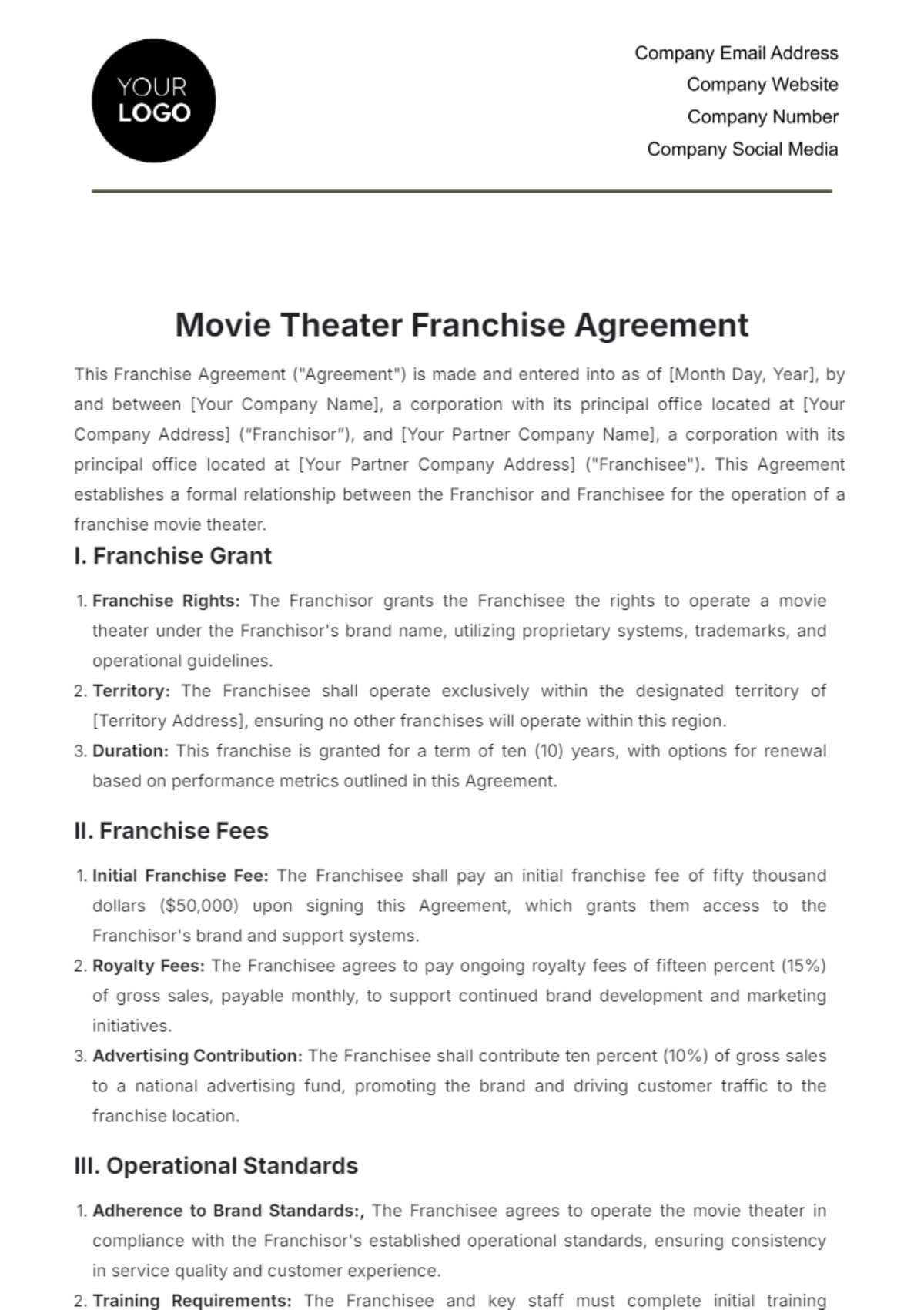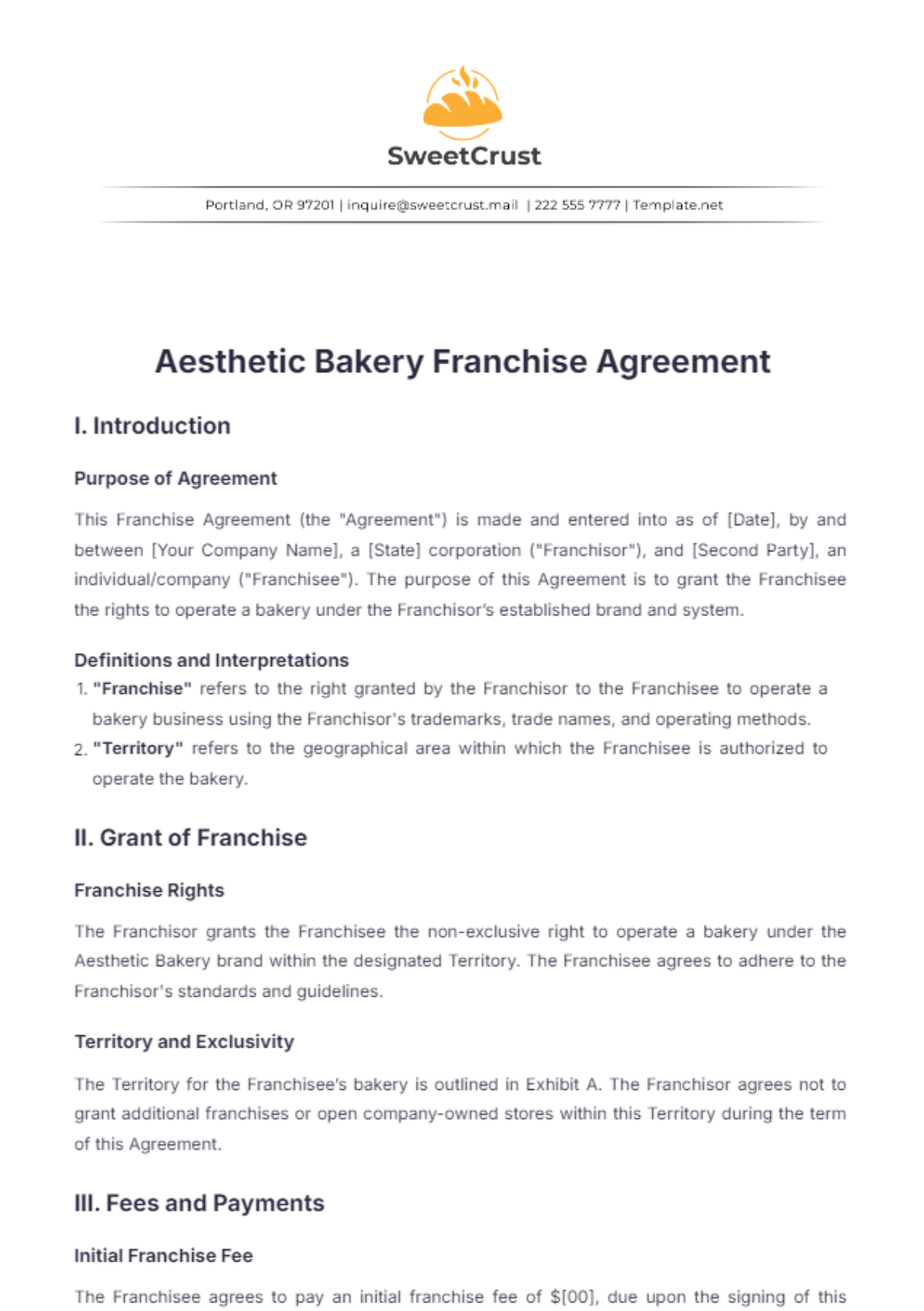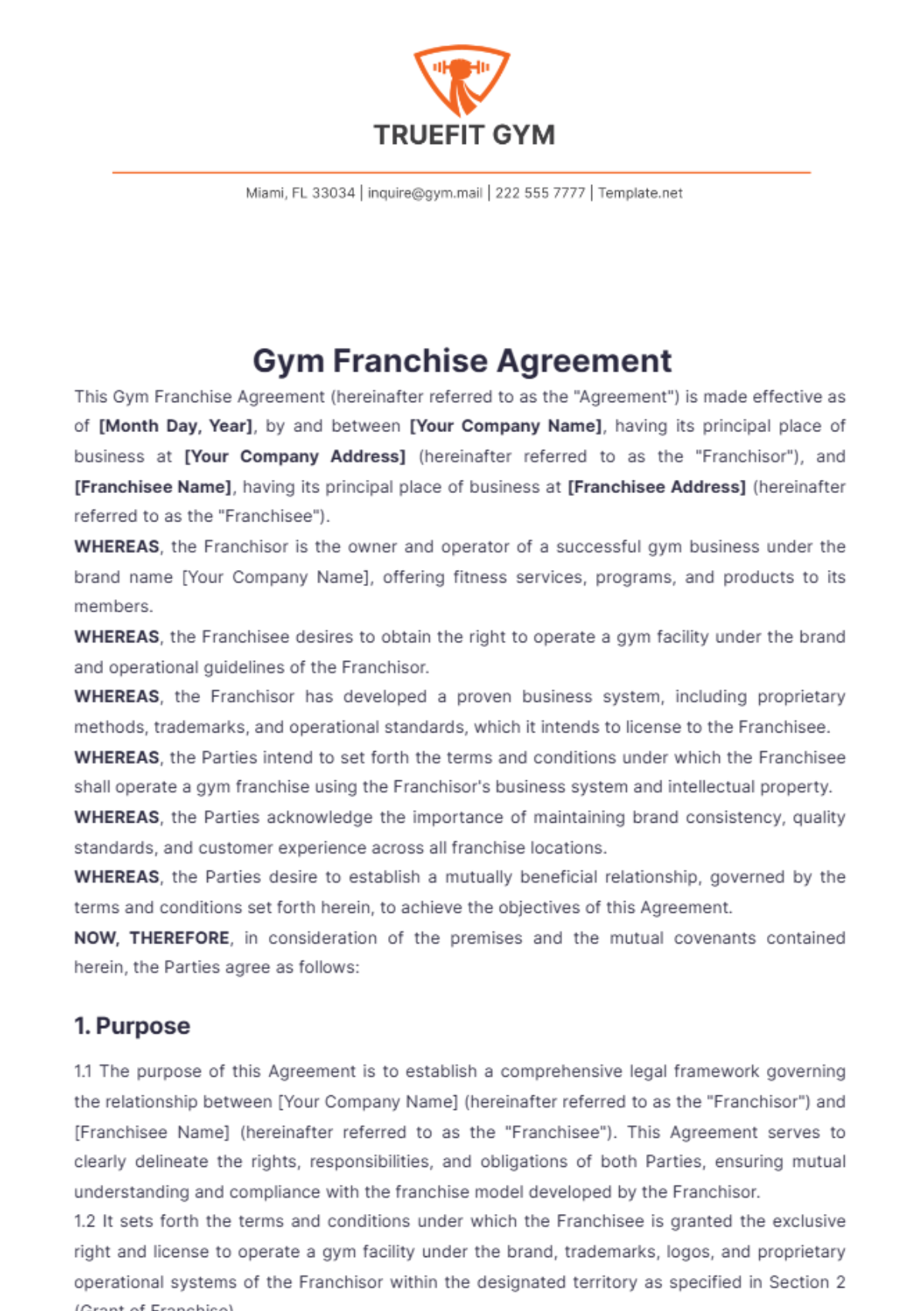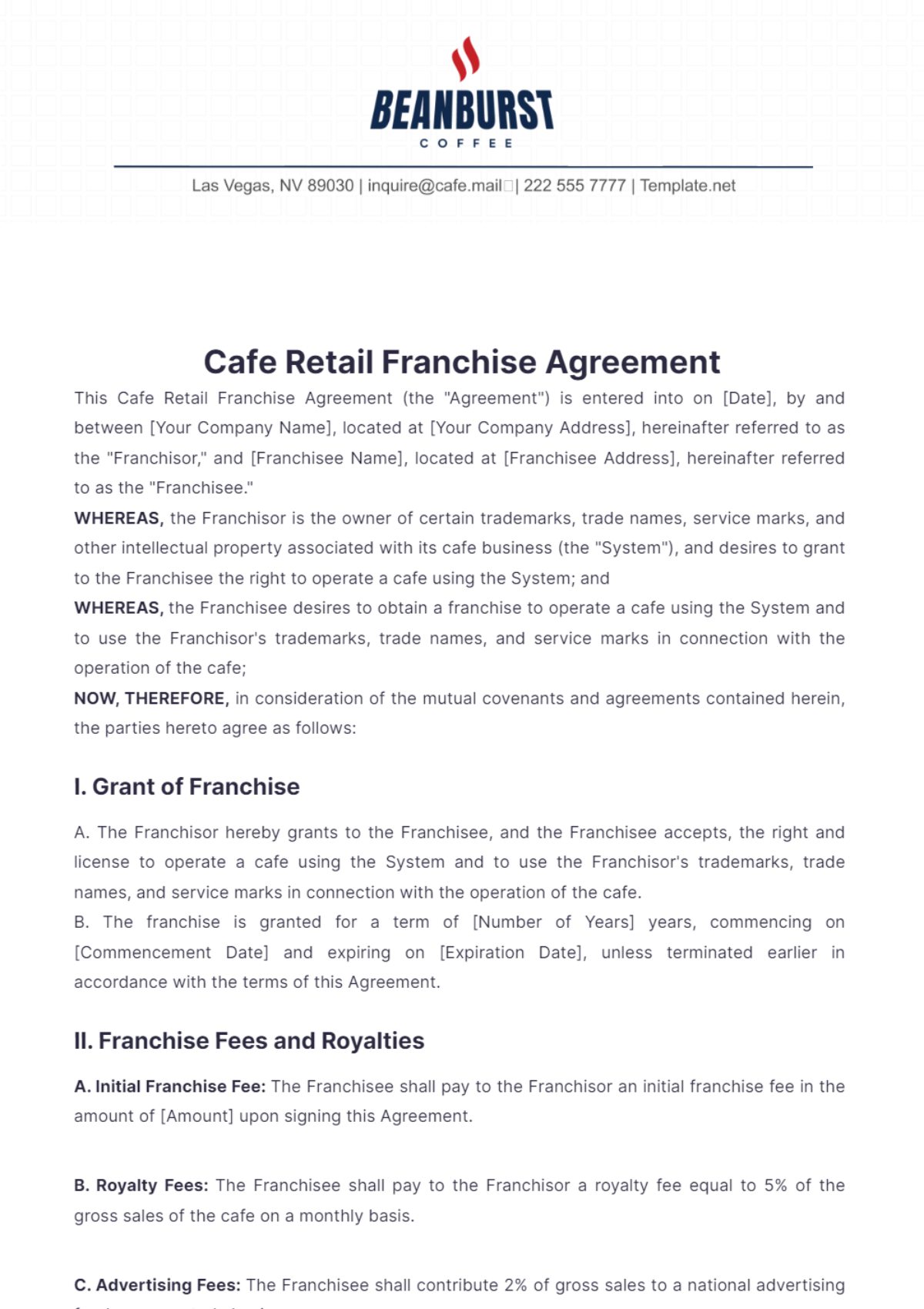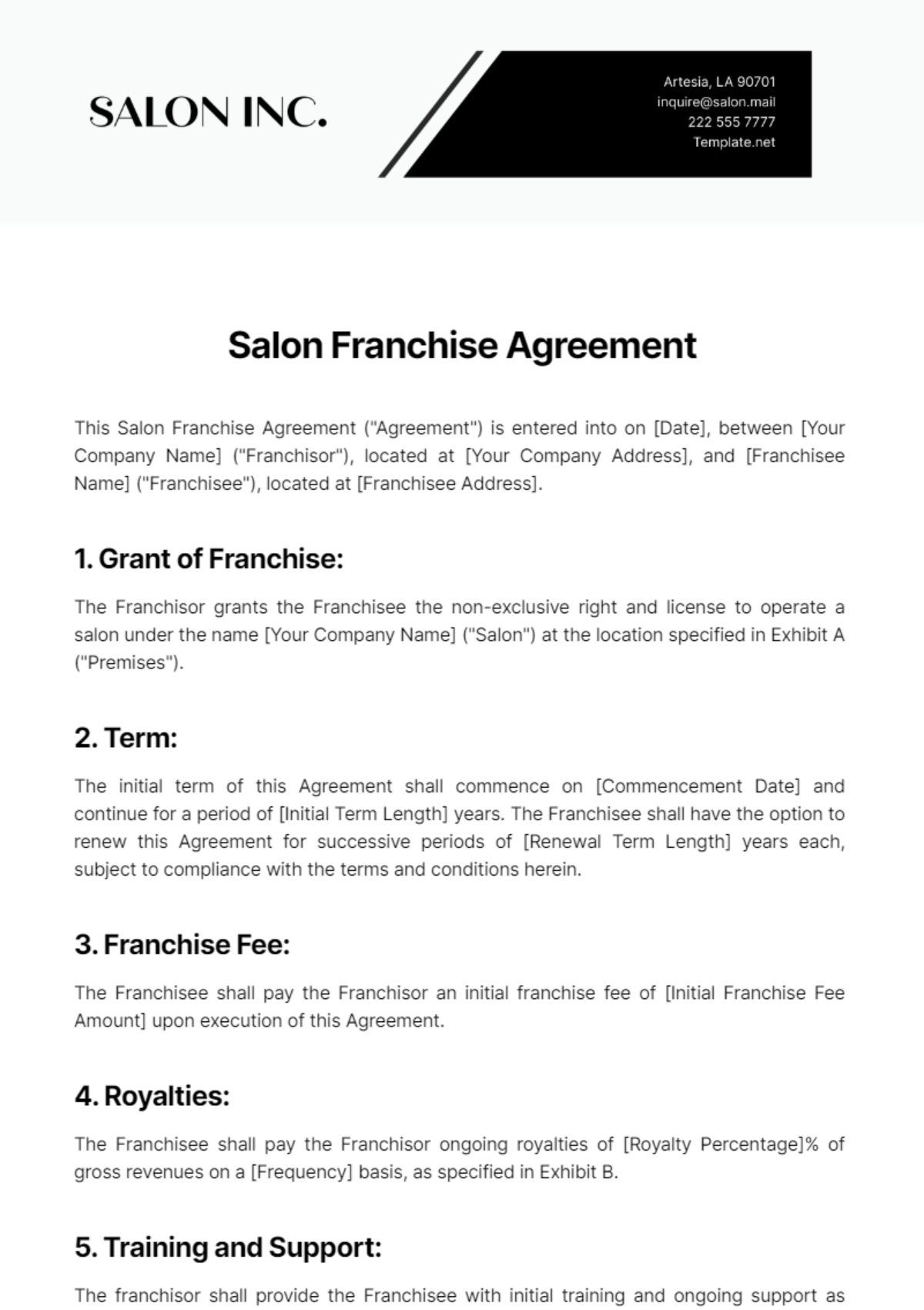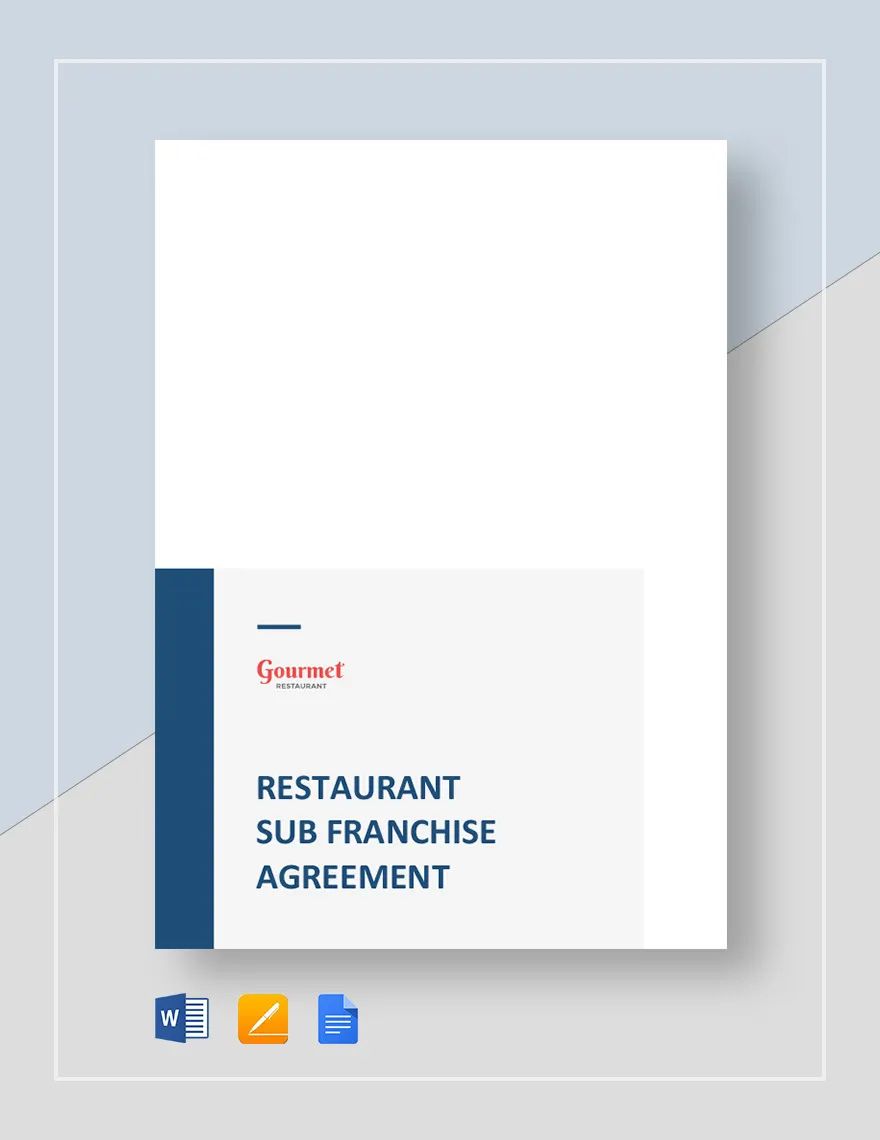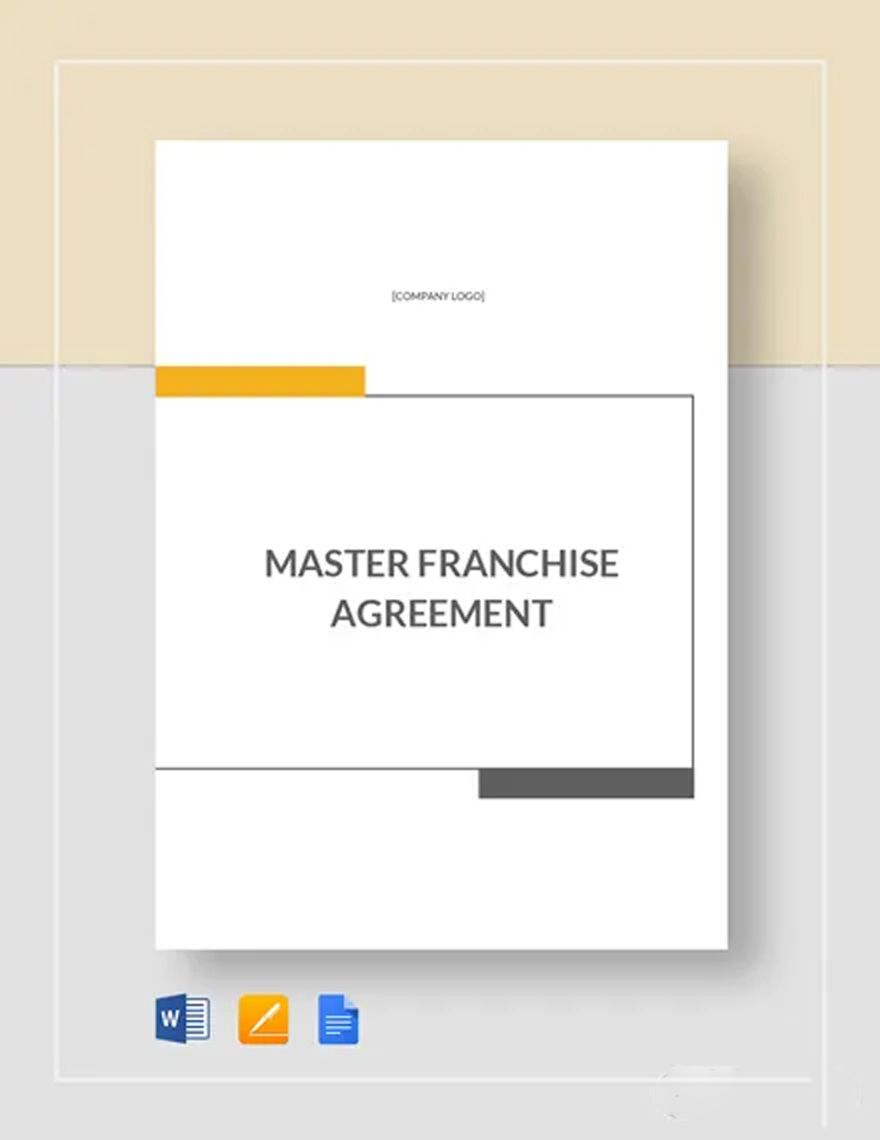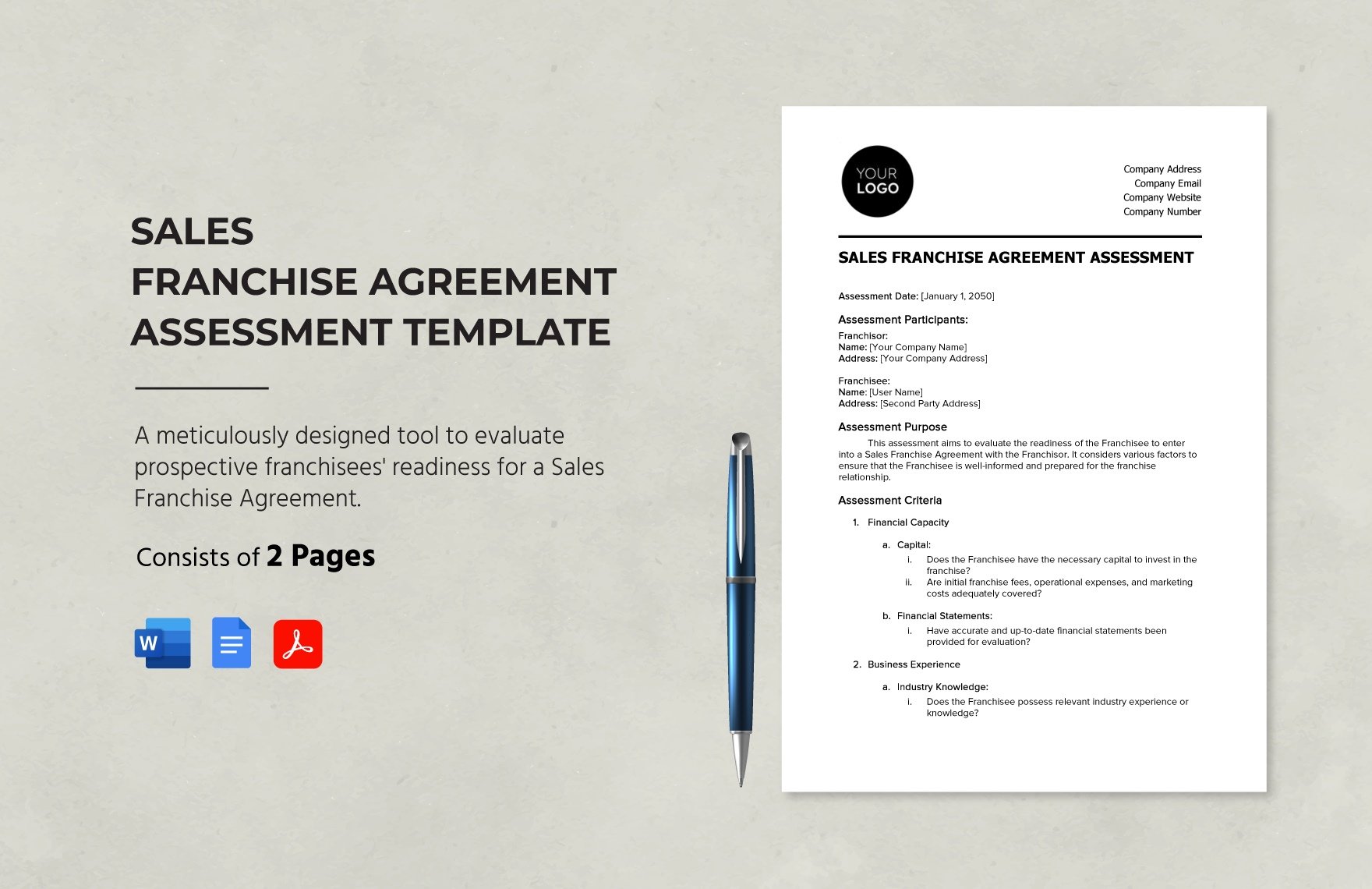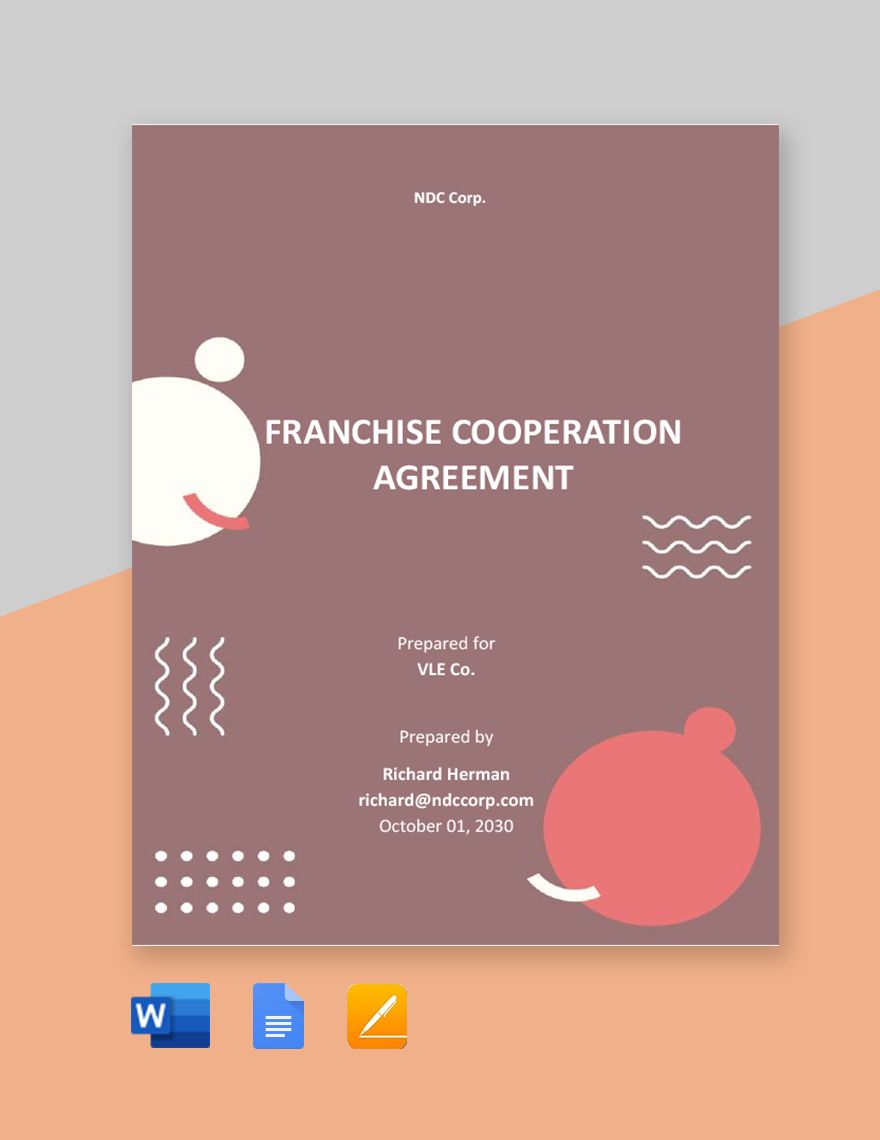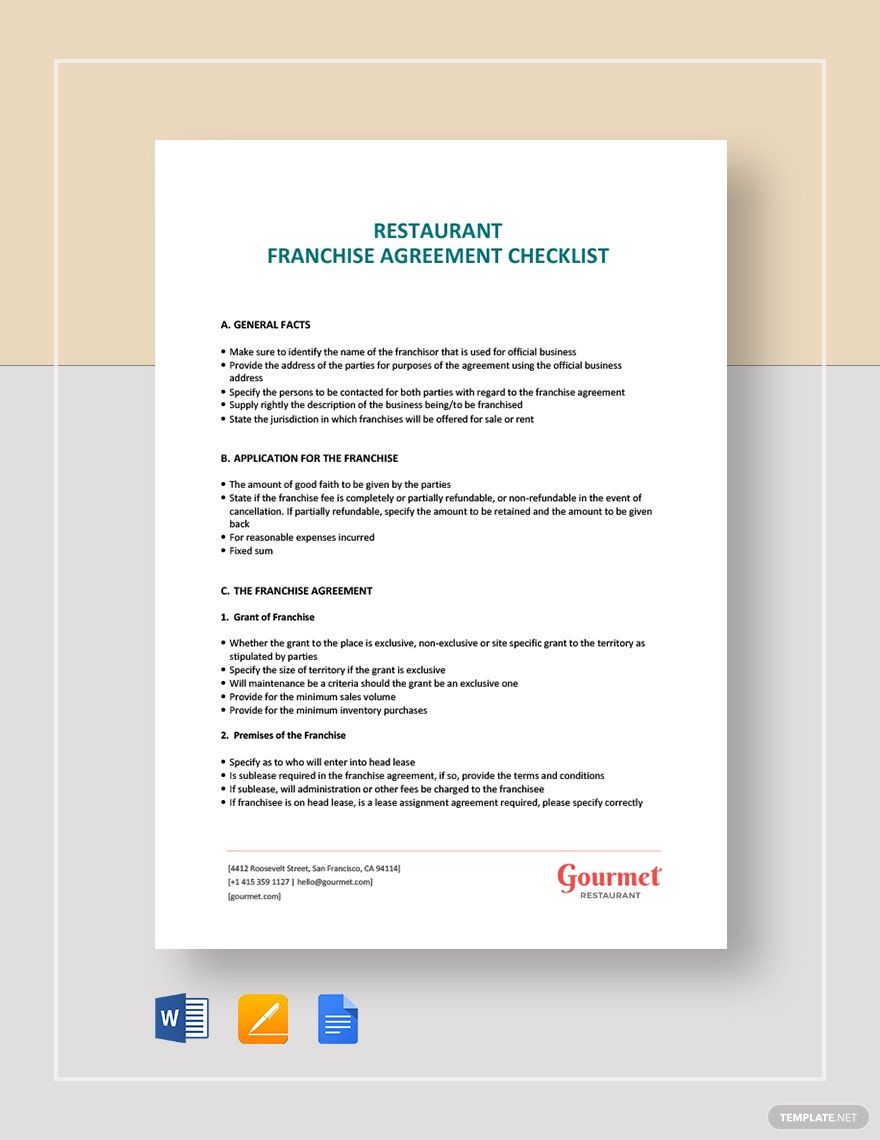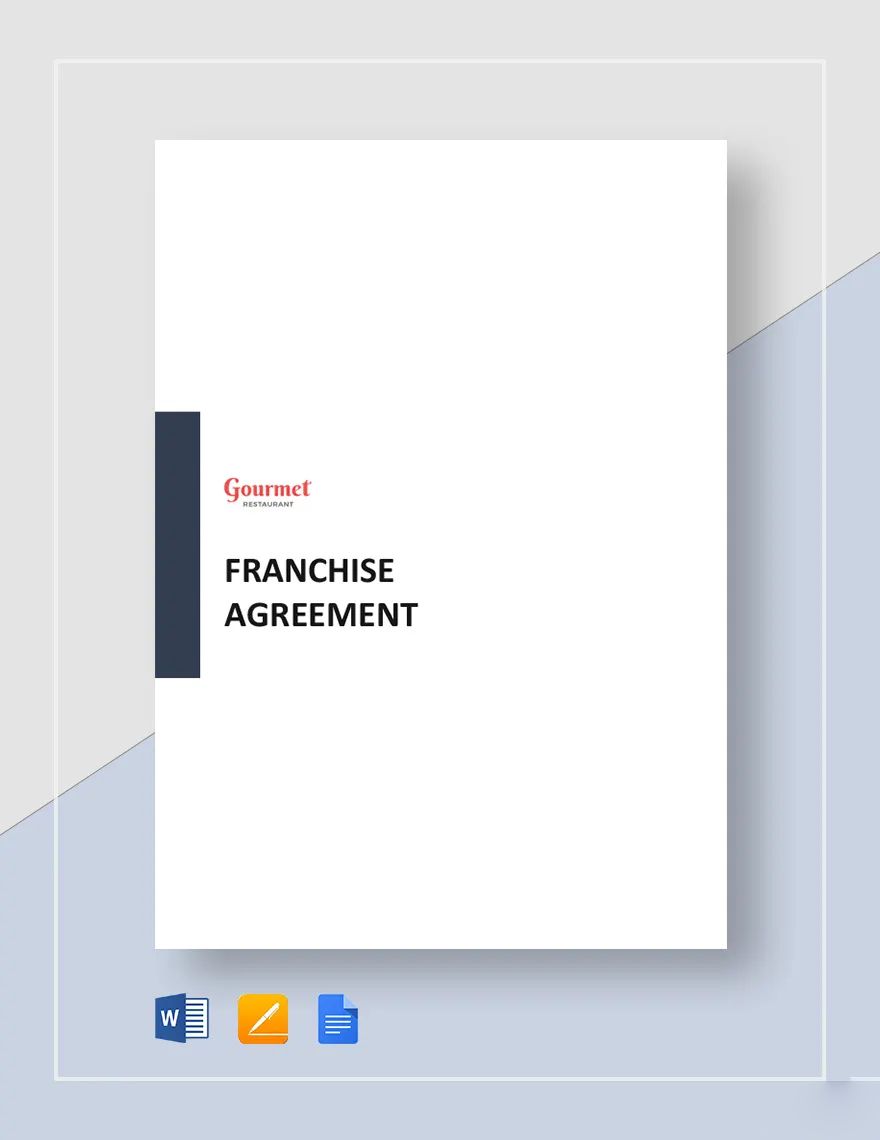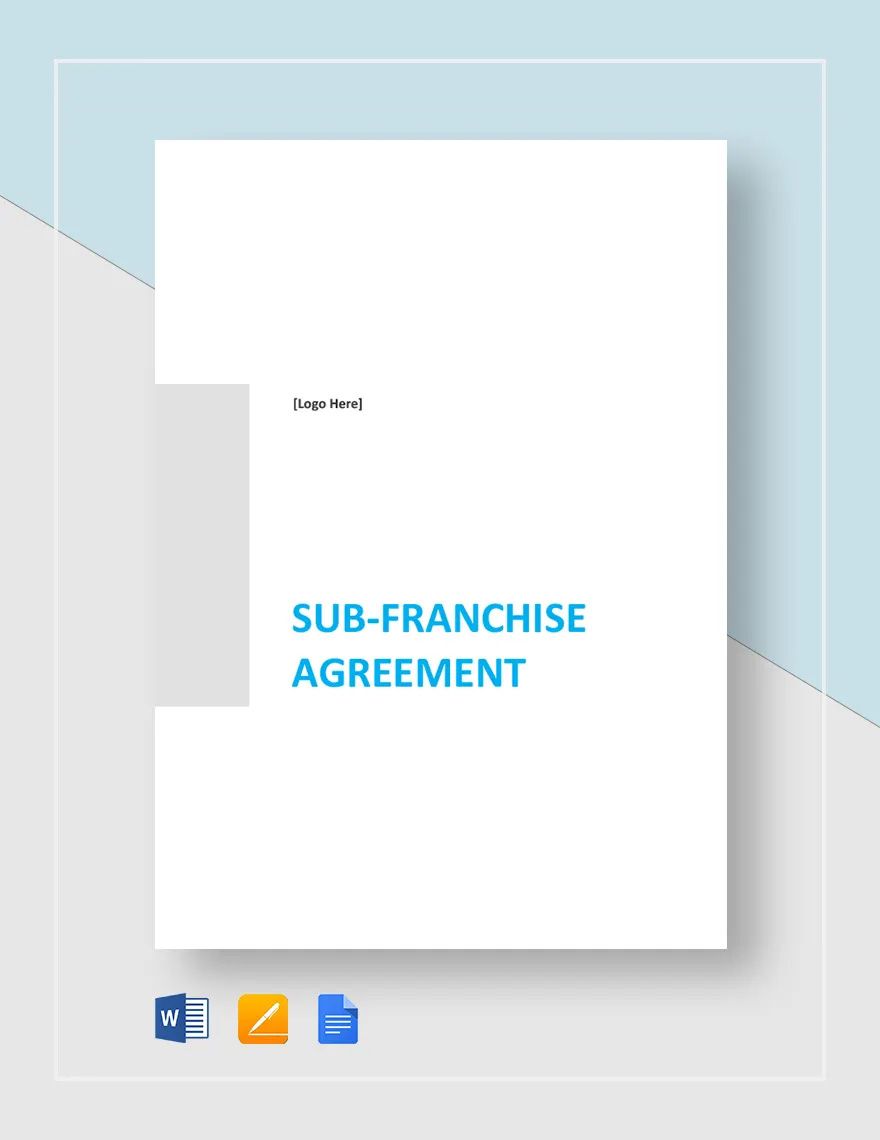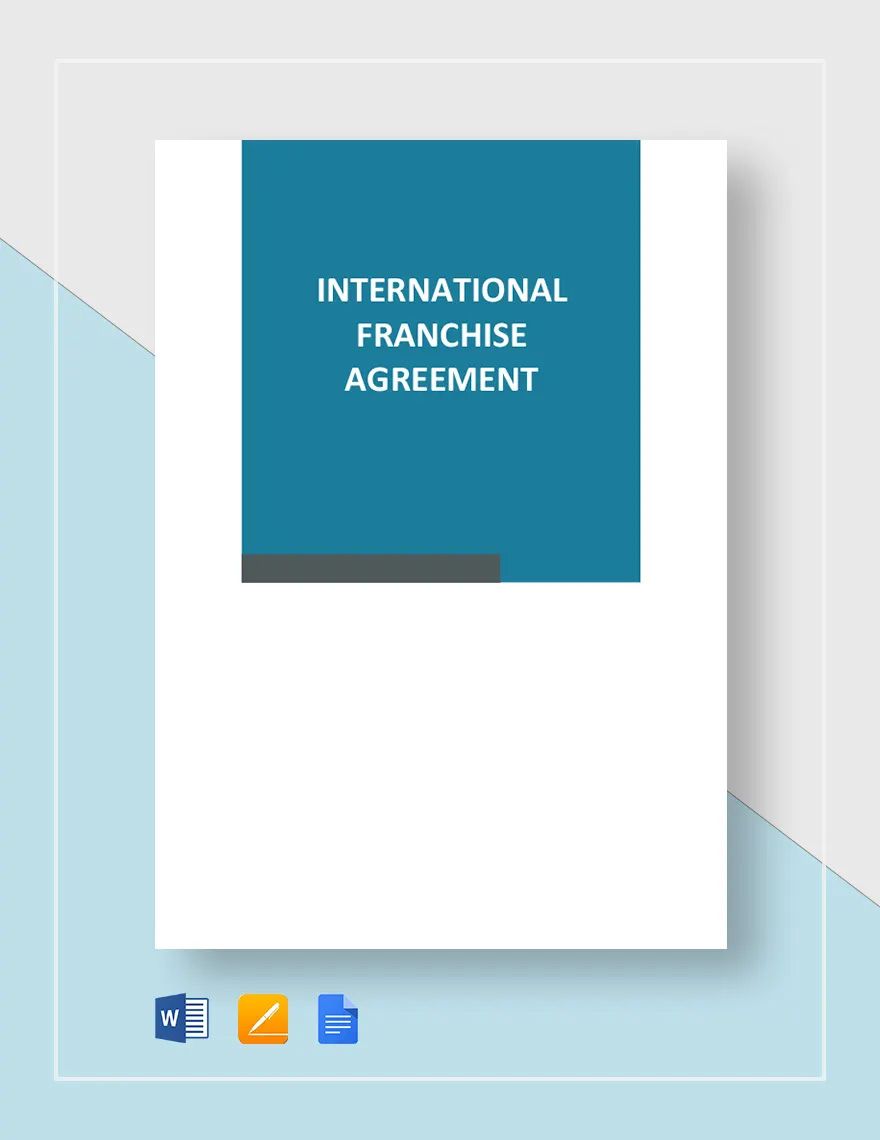Make your Business Expansion Dreams to Life with Franchise Agreement Templates from Template.net
Keep your entrepreneurial vision on track, streamline your processes, and establish a solid foundation for success with Franchise Agreement Templates from Template.net. Designed for aspiring business owners and established brands alike, these templates offer a reliable framework to craft secure, comprehensive agreements quickly. Whether you're looking to promote a new franchise opportunity or solidify an existing partnership, our templates provide everything you need to ensure clarity and alignment. Each template comes equipped with essential sections like terms & conditions, obligations, and payment specifics, saving you time and potential legal hassle. Best of all, no legal expertise is required — our templates are professionally crafted, allowing you to focus on growth and innovation.
Discover the many Franchise Agreement Templates we have on hand, ready to be tailored to your specific needs. Choose from a variety of templates, seamlessly insert your brand’s assets, and modify the text and themes to perfectly match your company’s identity. Effortlessly drag and drop icons or graphics, incorporate animated effects, and utilize AI-powered text tools to elevate your agreements to the next level. The possibilities are endless, and you'll find the process fun and skill-free. With regularly updated templates and new designs added weekly, you’ll always have access to the freshest content. Once your customized agreement is complete, download or share it effortlessly via print, email, or export, ensuring your franchise agreements are as dynamic as your business ambitions.
